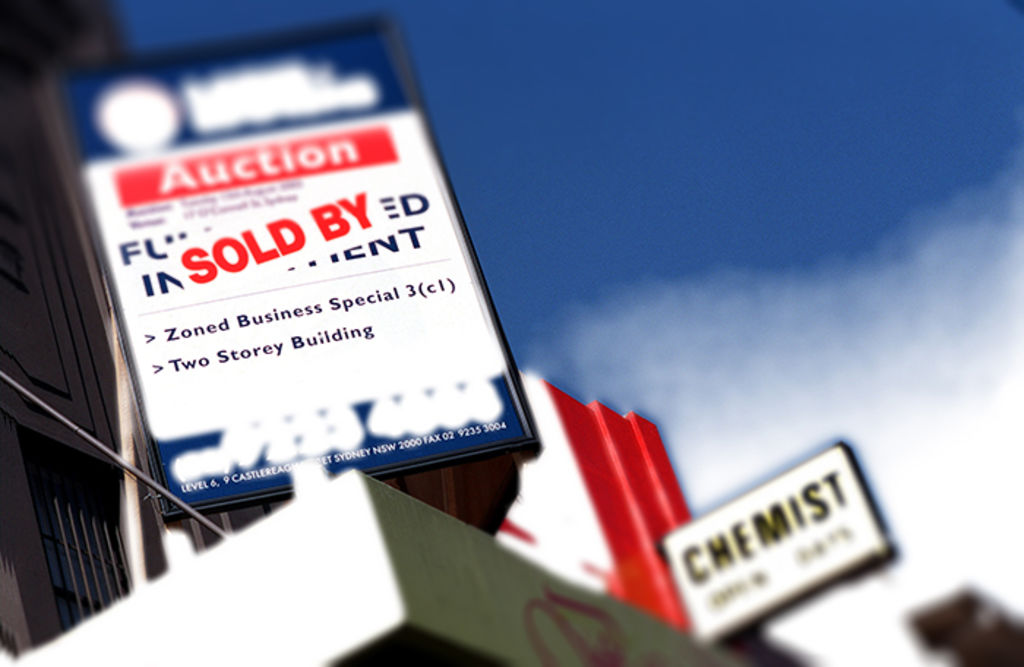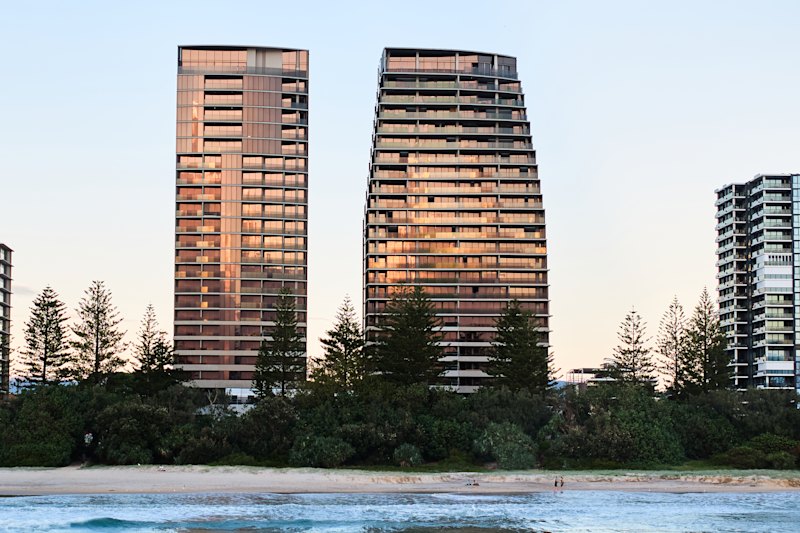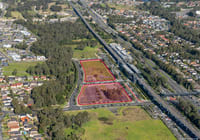
Weigh up the risk to develop your commercial property strategy
When it comes to commercial property investing, do you diversify or find a niche sector? Regardless of the strategy you choose, there are always risks. However, those risks can be weighed against potential opportunities and returns, depending on the nature of your investment.
We’ve taken a look at recent trends and opportunities to help you develop your own investment strategy and start enjoying solid returns.
Why invest in commercial property?
Ask any agent and they’ll tell you that the key benefit of commercial investing is achieving a higher rental return than residential investments.
Commercial property net income returns are “typically in the range of 7 to 9 per cent per annum compared with 2 to 4 per cent per annum for residential properties,” according to NSW commercial agency Norwest.
To maximise your rental yields, it can pay to invest in sectors that are in particular rental demand. So keep your eye on what trends are influencing the market.
Identify market trends
Tourism is a growing sector of the Australian market, which has led to a boom in investment opportunities. The upswing in tourism is due to the falling Australian dollar coupled with the rising number of inbound arrivals from overseas, according to Savills.
As a result, the Savills Q1 2015 report revealed that more than $3 billion of hotel assets changed hands in the 12 months to March 2015, setting a new benchmark for hotel transactions in Australia.
 There is a robust appetite for hotel property in Australia, according to CBRE.
There is a robust appetite for hotel property in Australia, according to CBRE.
And investors are getting in on the tourism trend, as hotels and backpacker hostels are being snapped up at record-breaking prices.
For example, Bounce Backpackers in the Sydney CBD recently sold for a whopping $18.3 million to a private offshore investor. Not to mention the $22 million sale of the Quest Rockingham in Western Australia in September this year.
With occupancy rates across Australian capital cities above 70 per cent, and close to capacity in Sydney and Melbourne, it’s not hard to see why.
In fact, CBRE’s 2015 Asia Pacific Hotels MarketView report stated that there was a robust appetite for hotel property, with Australia ranking second behind Hong Kong in terms of transaction activity.
Another trend is large-format retail properties, which continues to grow. And a prime example is Bunnings. According to CBRE, “Bunnings stores [are] nationally being repositioned as the retailer looks to increase its retail footprint.”
“With Bunnings expanding its footprint across Australia, we envisage there will only be more opportunities such as this in the growing large-format sector,” says CBRE’s head of large format retail and director Chris Parry.
Diversify your portfolio
In a fluctuating Australian economy, it can be beneficial to diversify your investment portfolio in order to spread the risk of your investment.
Commercial property sectors include offices, industrial, retail, hotels, rural and agribusiness, healthcare and retirement living, as well as other specialty properties.
 Healthcare is a specialty sector that lends itself to property portfolio diversification.
Healthcare is a specialty sector that lends itself to property portfolio diversification.
Commercial investment company Heathley Asset Management recently did just that, selling a portfolio of four office and industrial properties valued at around $65 million in a bid to increase its focus on health and medical assets.
“Over the past four years, we’ve had an evolving focus on medical and health-related assets and we’re continuing to work into that space while exploiting an attractive sales environment by down weighting in the office and industrial sectors,” says Heathley Asset Management’s head of property George Websdale.
Anticipate market peaks and troughs
While capital gains are not a leading factor in commercial investing, it does help to find a bargain to facilitate capital growth. To find this, it’s important to monitor the market for peaks and troughs based on economic, social and other factors.
An example of a commercial sector gaining momentum is the rural and agribusiness sector, according to Colliers.
“The falling Australian dollar and a range of free-trade agreements will support favourable trading and investment conditions for the Australian market going forward,” says Colliers national director of research Nerida Conisbee.
 The wine industry offers opportunities for investors.
The wine industry offers opportunities for investors.
Consibee specifically refers to the almond and wine industries, as well as the fishing and aquaculture sector, which are providing attractive opportunities for investors.
In the retail sector, clothing and department stores are still in a cyclical downturn. As a result, many investors are turning to properties that have residential or mixed-use potential in order to spread their risk, according to Colliers.
Be tenant-savvy
In addition to the above-mentioned rental demand for hotels, childcare centres also provide interesting investment opportunities. Due to their demand, childcare centres can offer strong rental yields, as evidenced by one recent sale.
A childcare centre in Thornbury, Victoria was snapped up by a private investor for $1.83 million on a tight 3.89 per cent yield.
“The response to this campaign was extraordinary, generating intense interest from local, interstate and offshore buyers over the five-week campaign, reflecting the very strong market among small investors for sub $5 million properties,” says Savills’ agent Julian Heatherich.
 Childcare centres can offer strong rental yields. Photo: Louie Douvis
Childcare centres can offer strong rental yields. Photo: Louie Douvis
Finance wisely
Many private investors are using their SMSF to invest in commercial property, but this is not without risks. Often high-rental-yield properties have a trade-off of low-capital-growth rates, so it pays to seek professional financial advice before embarking on an SMSF property investment.
Commercial investing can achieve great returns, provided you embark on a well-researched, risk-measured strategy that is within your budget.
- See which commercial properties are available and start planning your investment strategy today.










